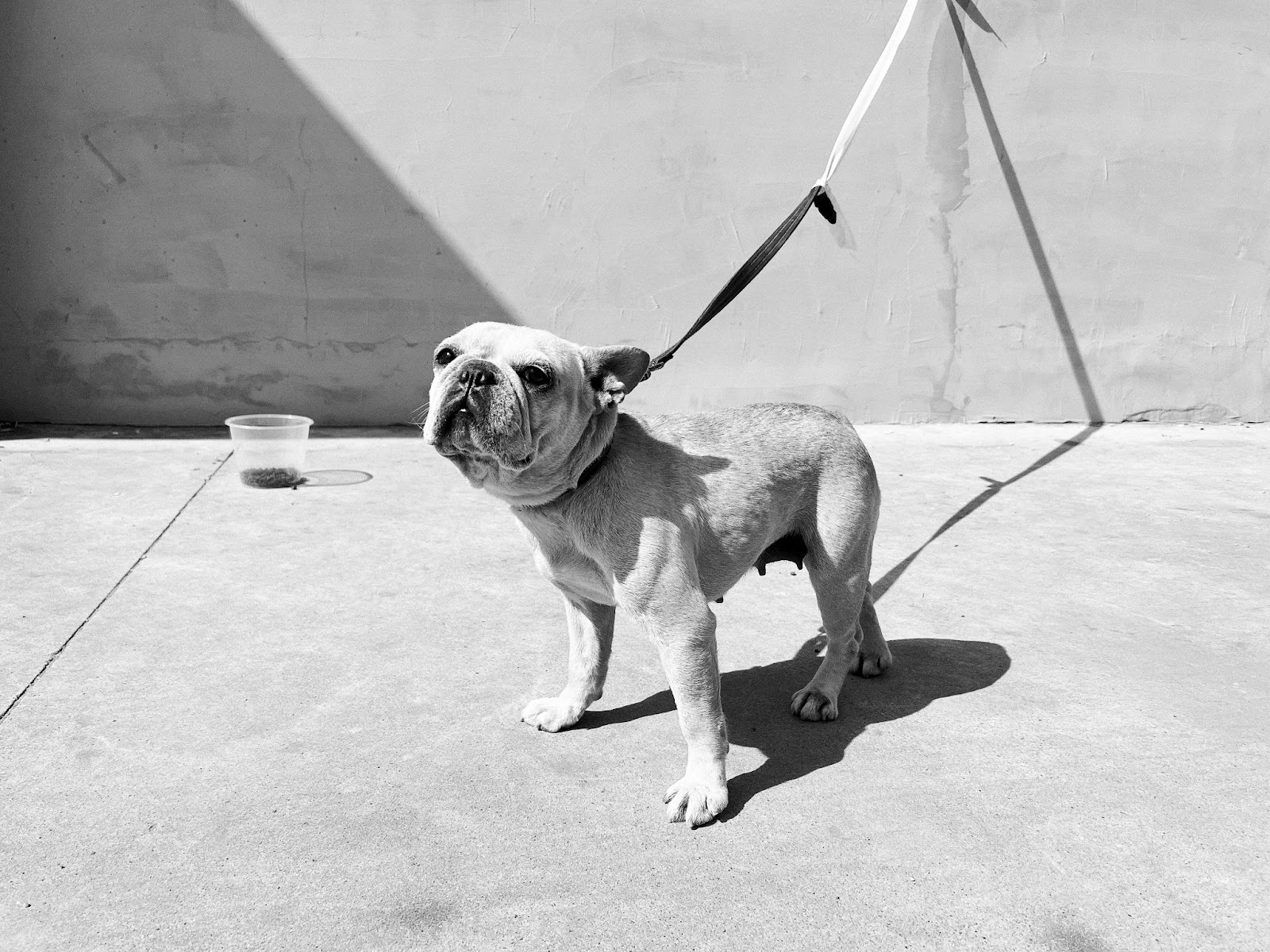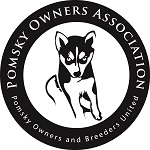For many pet owners, picking up after their dog can be a tedious and sometimes unpleasant task especially if you have a tiny dog like a Toy Cavoodle since they poo more often compared to bigger dogs. But it is an important one for maintaining good hygiene and keeping your backyard, local parks and walking paths safe and clean. Properly disposing of dog poop is essential for reducing the spread of disease and protecting the environment. Responsible dog ownership involves not just keeping your dog safe, but also keeping other dogs and dog owners safe as well.
Get the Right Supplies
To start, you need to have the right supplies on hand for proper disposal. At a minimum, you should have durable plastic bags and gloves or a pooper scooper. The plastic bags should be leak-proof and large enough to fit the waste without tearing.
 https://www.pexels.com/photo/a-bulldog-puppy-on-a-leash-15506724/
https://www.pexels.com/photo/a-bulldog-puppy-on-a-leash-15506724/
Gloves are recommended when picking up the waste as they can help protect you from any germs that may be present on the waste or ground. A pooper scooper can make the job easier by providing a tool specifically designed for scooping and containing waste without having to make contact with it directly.
Choose an Appropriate Disposal Location
There are many different ways to dispose of your pet’s waste, but not all locations are appropriate or legal in some areas so it’s important to check local laws first before choosing where to discard it. Generally speaking, it is best practice to dispose of the poo in an area away from people, animals, water sources and food crops as much as possible.
This could include placing it in an outdoor garbage bin (if allowed) or burying it in a secluded area at least 8 inches deep in soil that has not been treated with chemicals such as herbicides or pesticides (check local regulations first). You should also avoid flushing dog poop down toilets as this can potentially cause clogs or spread bacteria into water supplies.
Pick Up and Contain the Waste Safely
Once you’ve chosen an appropriate disposal location, you can start picking up and containing the waste safely using either plastic bags or a pooper scooper (or both). Start by scooping up any solid pieces with a pooper scooper if available then place them inside a plastic bag while taking care not to touch any part of the bag directly with your hands, using gloves if needed.
If using only plastic bags without a pooper scooper, use two separate bags so that one can act as liner for the other – this will help keep your hands clean while still containing any liquid matter that may be present on the ground around the solid pieces.
Dispose of the Filled Container Responsibly
Once all solid pieces have been contained inside the plastic bag, tie off the bag securely and place inside another sealed container. As we mentioned, you may use another bag or a bucket before disposing of the bag. If there are no appropriate locations nearby, you should take the bagged poo home with you until you find an appropriate place to dispose of it later.
Clean Surfaces Afterwards
After disposing of all containers properly, take some time to clean any surfaces which may have come into contact with your dog’s waste. You can use soap and warm water followed by disinfectant spray if necessary – this is dependent on the type of surface, as some are more porous and absorbent, while others are easier to clean.
Performing this step helps reduce potential contamination caused by bacteria and parasites. Remember to do this even if your dog does their business outdoors! Other dogs will likely be walking in the same area, and you should do your part in preventing communicable diseases.
Wash Your Hands Thoroughly After Handling Dog Poop
When cleaning up after your dog, always remember to wash your hands thoroughly afterwards using soap and hot water as soon as possible, even if you were wearing gloves while handling the waste. This will help reduce any potential risk of infection due to exposure to bacteria found in pet faeces.
Not only will this step protect you, it can also help protect other people around you – especially if you’re preparing food or interacting with children, whose immune systems aren’t as robust as those of adults.
Consider Composting Your Dog Waste
If composting is permitted in your area, another option for disposing of dog poo is by composting it instead of throwing it away in a regular garbage bin. Doing this can significantly reduce waste while also providing fertilizer for plants.
To do this safely, make sure that any compost bin used has ample ventilation (to avoid odors) and is kept away from children or other animals who might accidentally come into contact with it. Just remember never to use any compost containing dog waste on edible plants or vegetables.
Following these steps will ensure proper disposal of dog waste every time without putting anyone at risk of infection or harm due to improper handling – plus, disposing responsibly will help keep your environment cleaner and safer for everyone.

